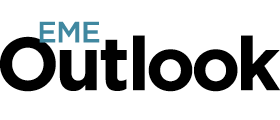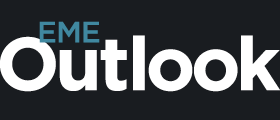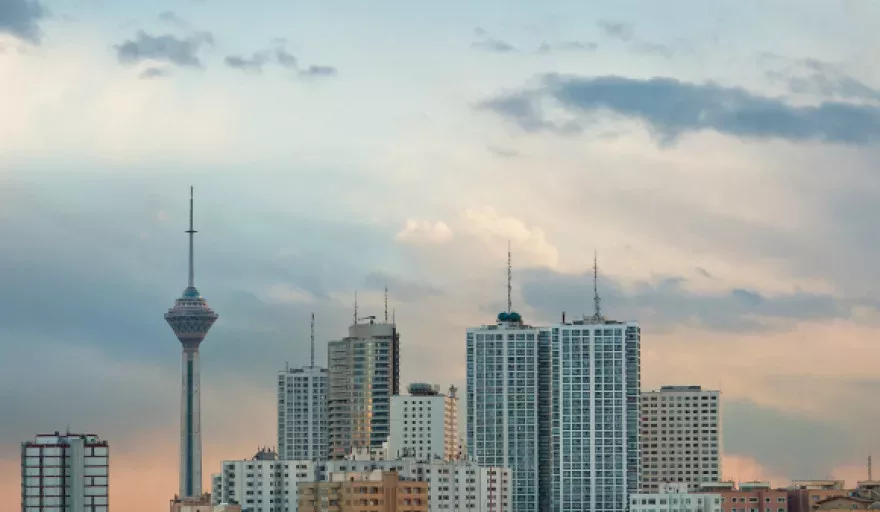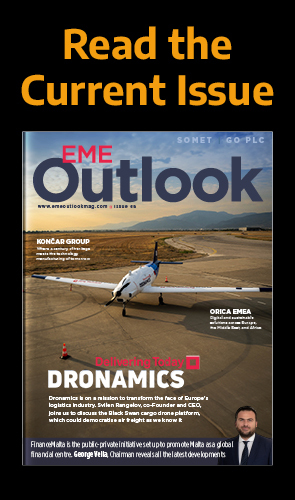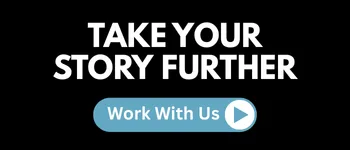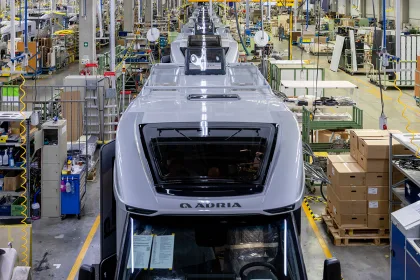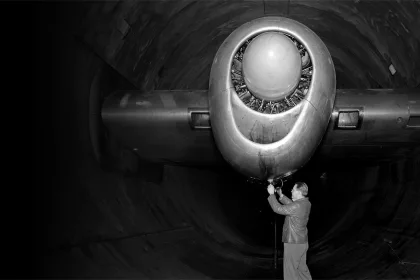INTRODUCTION
The new approach of Iran for its building energy allies is being revealed, as the former powerhouse staggers back onto the global stage. The lifting on 17 January of Western-imposed sanctions has given the country a new lease of life. Tehran’s ability to adapt will prove vital as today’s market is more competitive than the one it reluctantly stepped back from more than a decade ago.
Tehran remains confident that the country can boost its current 3.7 million barrels a day (b/d) of oil production further, enabling it to be able to export 2.2 million b/d by the end of the summer. The country’s strategy to regain superiority has started well, but some of this spike in volume may be a case of Iran emptying its full storage capacity. The country’s strategy to regain superiority has started well, but some of this spike in volume may be a case of Iran emptying its full storage capacity.
Iran is also planning to introduce new oil contracts, widely known as Iran’s Petroleum Contracts (IPCs), and abandon the generally unpopular buyback contracts that were first introduced in the 1990s. The buybacks were introduced as an attempt to bridge the gap between the country’s need to attract foreign oil and gas companies and a ban on private foreign ownership of natural resources under the Islamic republic’s constitution.
The market remains to be convinced. The new IPCs are essentially risk service contracts where the contractor is paid back by being allocated a portion of the hydrocarbons produced. However, more clarity is required after a key presentation was cancelled in February.
BLENDING OPPORTUNITY
Tehran has adopted a fresh approach to blending in an effort to shrug off its lone-ranger profile and seek collaborative partnerships with energy allies. Crude oil blending can raise the sale price of a lower grade of crude by blending it with a more valuable grade. This means producers can have a particular variety at the lowest possible cost which has proved to be a useful trade-off.
In April, Iran joined fellow OPEC members Nigeria, Angola and Algeria with plans to blend its light oil with Venezuela’s heavy crude to get a better crude price. Iran’s Research Institute of Petroleum Industry (RIPI) signed an agreement with South Africa’s state-run PetroSA to jointly pursue research and development (R&D) in crude blending technologies. Iran also signed a long-term cooperation agreement with South Korea at the start of May. This covers a number of areas including gas and telecommunications and serves as a springboard for raising Iranian crude supplies to the North Asian country.
INVESTMENT CULTURE
Sanctions did not completely derail Iran’s energy infrastructure, with Tehran funnelling cash into the country’s major oil and gas sites – refineries, pipelines, drilling sites, roads and so on – to prepare for the lifting of sanctions. The first phase of the Persian Gulf Star refinery with capacity to produce 360,000 barrels a day (b/d) will be completed by next March, with the remaining two units scheduled to go online in 2017. While the Persian Gulf Star when finished will add 16 million litres/day of gasoline production, the ongoing upgrade at the Bandar Abbas refinery will also add four million litres/day. Officials say gasoline imports of around 50,000 b/d will not be necessary once the plant is completed. Furthermore, officials have recently said that Iran could even be exporting as much as 10 million litres/day of gasoline after the full start-up of the Persian Gulf Star refinery.
Iran’s ability to reduce inflation from 45 percent in 2013 to below 10 percent in late-2015 and introduce subsidy cuts illustrates Tehran’s financial acumen, which will bolster the country’s ability to cope with today’s lower oil prices. The International Monetary Fund (IMF) expects Iran to deliver four percent growth at a time when others in the Middle East grapple with credit rating cuts and urgently slash energy subsidies in a bid to cushion their strained coffers.
CHALLENGES REMAIN
Still, Iran is not free of economic and logistical hurdles. A limited number of ships are curbing Iran’s oil exports. In mid-April the International Group of P&I has raised the reinsurance level to a maximum of $830 million per tanker for shipping Iranian crude, from $580 million previously.
Although this does not fully make up for the missing US reinsurance cover as a result of the US’ ongoing sanctions against Iran, it could be seen as sufficient for Asian buyers such as India and South Korea, or some European importers, for their shipping of Iranian oil, according to industry sources. However, the increased reinsurance is still below a full P&I insurance cover of $7.8 billion.
The movement of Iranian Oil to potential consumers is not helped by the remaining US sanctions that prevent business with Tehran in dollars, or with US companies – oil and tanker trade is priced in dollars. The freight shortage will likely ease later this year as ships being used for storage are emptied and Iran repairs unused ships to enlarge its fleet, but the delay will inevitably hamper the speed of Iran’s re-launch into European and Asian markets.
Iran’s seemingly more flexible approach is helping accelerate the country’s return to the global energy market and the international appetite to deal in Iranian business will deepen every time the country reaches its goals, such as the four million b/d oil production target. While there is no way to set an exact date, one development is clear; the new Iran has a high chance of regaining its glory of yesteryear.
